
A new map of Scotland's wild areas is being published today by Scottish Natural Heritage (SNH). It's the first time this has ever been done to such detail anywhere in Europe. A survey for Scottish residents about public attitudes to wild land is also being carried out (see below).
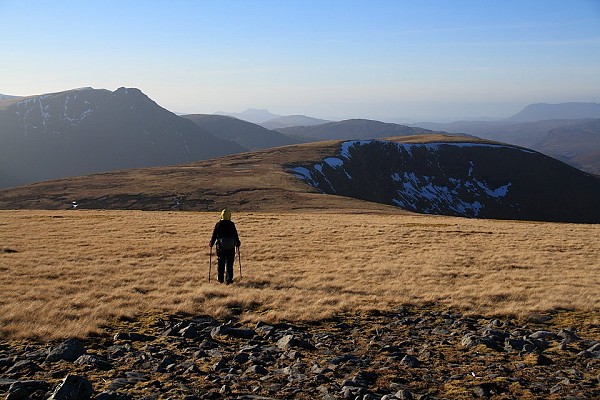
Some of the country's wildest landscapes are already identified and protected if they fall within National Parks or National Scenic Areas. But many other wild areas are not identified in any way, and often lack meaningful protection. Scotland's wild areas are steadily shrinking as wind farms and other developments proliferate, with even nominally protected landscapes being affected. Yet the Scottish public view wild land as an important priority: a recent SNH study found that 91% of respondents agree that Scotland's areas of wild land are important and should be protected. Another study found that wild land provides more economic and employment benefit than agriculture and forestry combined.
Using a method developed by the Wildland Research Institute (WRi) at the University of Leeds, a map has been produced showing the relative wildness of all of Scotland's landscapes. This was achieved by combining the results of four individually mapped layers - perceived naturalness, remoteness from public roads and ferries, ruggedness and absence of modern artifacts. Each of these map layers can also be viewed separately.
These maps will help local authorities and others involved in planning to make decisions about development and land use change, and to safeguard wild land, say SNH. The maps could also help the tourism industry promote Scotland's wild landscapes to visitors and walkers, it is claimed.
Simon Brooks, SNH Policy and Advice manager, said:
'These new maps will give valuable, detailed information to local authorities to inform decisions. Scotland is famous for its wild landscapes – these maps tell us where the wildest areas are and will help everyone when considering changes in these places. The maps don't mean changes or development can't take place in these areas, but they do give local authorities more and better information to base planning decisions on.'
'Using the maps and information published today, future work will identify areas of particular high wildness value. This work will build on our earlier work to identify wild land, and will support the Scottish Government's policy of safeguarding areas of wild land character.'
Dr Stephen Carver of the University of Leeds, who co-wrote an article for UKH last year, said:
'It's great to see the methodologies that we developed here at the University of Leeds and with our partners in the Wildland Research Institute being used across the whole of the country. Scotland has taken the lead here, and is the first country in Europe to produce a national wildness map at this level of detail, so it's very exciting to see these maps.'
'Although we're not surprised by the broad patterns shown, as we already have a good feeling for where the wild areas of Scotland are, the key thing with these maps is the fine detail and how they were created using the latest data and mapping tools. This makes them robust and repeatable. Hopefully, England and Wales will follow suit and produce their own maps in due course.'
Wild land conservation charity the John Muir Trust (JMT) has welcomed the new mapping.
JMT Chief Executive Stuart Brooks said:
'Wild land encompasses many of Scotland's best, most dramatic and ecologically valuable world-renowned natural landscapes and wildlife areas. These are incredibly important for tourism, ecosystem services such as clean air and water, and our quality of life and well-being.'
'I am very pleased to see that SNH have followed a very similar approach to our own wildness mapping work and whilst we might differ on the fine detail we do seem to be reaching a consensus on where our core wild land areas are. We think this area is still very exposed to inappropriate development and requires more robust protection. Too often we produce plans and strategies without any maps and this has not helped to resolve land use conflicts.'
In 2010 the John Muir Trust launched its Wild Land Campaign, which seeks better protection for wild land across the UK. A petition signed by nearly 4,000 people is being considered by the Scottish Parliament's Public Petitions Committee.
Stuart Brooks added that further guidance for planning authorities would be necessary to ensure that this work is properly applied.
'There's a strong case for improved protection for wild land given the increasing pressure from development. More work is needed to ensure that the information contained in the maps is applied in a consistent manner across Scotland.'
'However, this is an important first step that should provide a strong basis for improved protection. We're looking forward to working with Scottish Natural Heritage as they build on this foundation.'
To view the maps, visit the SNH website. More detailed maps are promised for this spring.
Until 10 February SNH are also running a survey of people's perceptions of wild land in Scotland and views on its future management and protection. In order for their results to make sense organisers ask that only Scottish residents contribute. To complete the online survey see here.






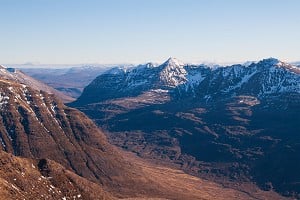
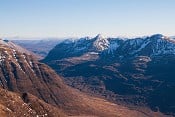
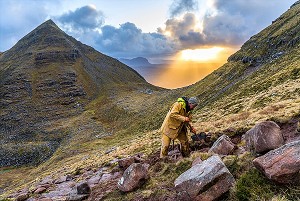
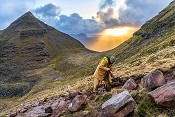
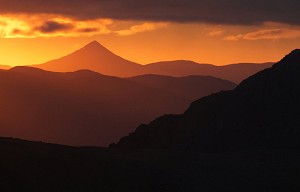
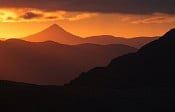
Comments